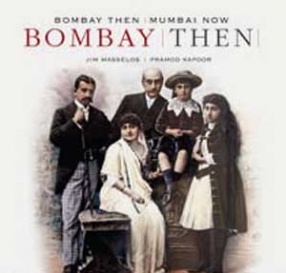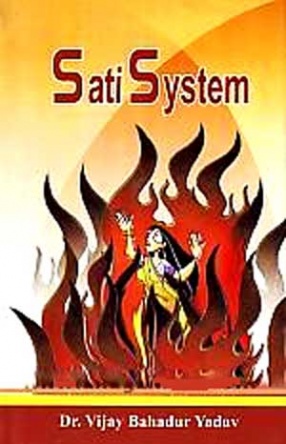The post-Godhra genocide in Gujarat was a firm announcement that the incipient, creeping fascism of the last few decades has finally arrived in India. Fascism is not merely the exploitation of communal divides. In essence it is a negation of democracy, growing unaccountability of various organs of the state and steady attenuation of civil liberties. This fascist authoritarianism which has taken the form of Hindu majoritarian nationalism ever since Indira Gandhi’s return to power in 1980 is rooted in a political need to counter the popular aspirations for democracy and equity in the concrete context of the ‘national consensus’ fabricated by the ruling classes on globalisation. A form of genocide is off course implicit in the programme of every fascist-movement, as it is in that of the Sangh Parivar. Experience however shows that the Congress has also been practising a similar agenda against the minorities behind the garb of secularism. Although not committed to Hindutva, it shares a common communalism with the BJP. The two share a common feudal patriarchal class character and a similar vision about integrating the country with globalisation dictated by imperialism which is creating the kind of mass impoverishment and insecurity which, in the absence of any inspiring radical alternative, provides the mass base for fascism. Gujarat is a grim reminder of this. More than a chronicle of what happened, this book is an attempt to put together the works of leading social scientists from various disciplines, as also of activists and journalists who unravel the how and why of Gujarat 2002 and decipher its implications for our democracy.
Fascism in India: Faces, Fangs and Facts
In stock
Free & Quick Delivery Worldwide
reviews
Bibliographic information
Title
Fascism in India: Faces, Fangs and Facts
Author
Edition
1st ed.
Publisher
ISBN
8178270676
Length
xviii+661p.
Subjects





There are no reviews yet.